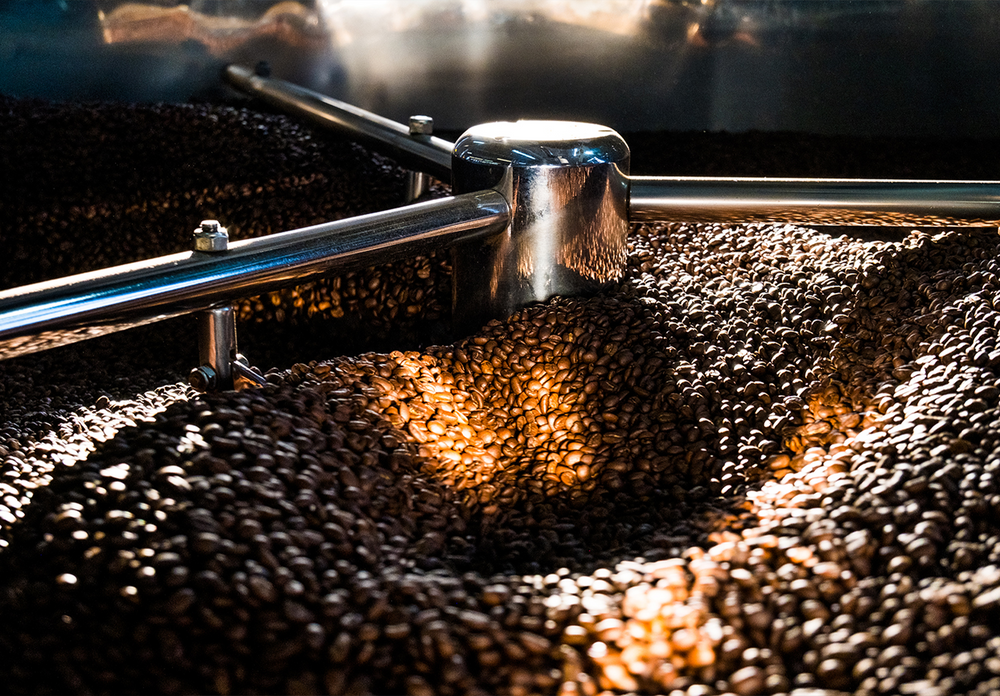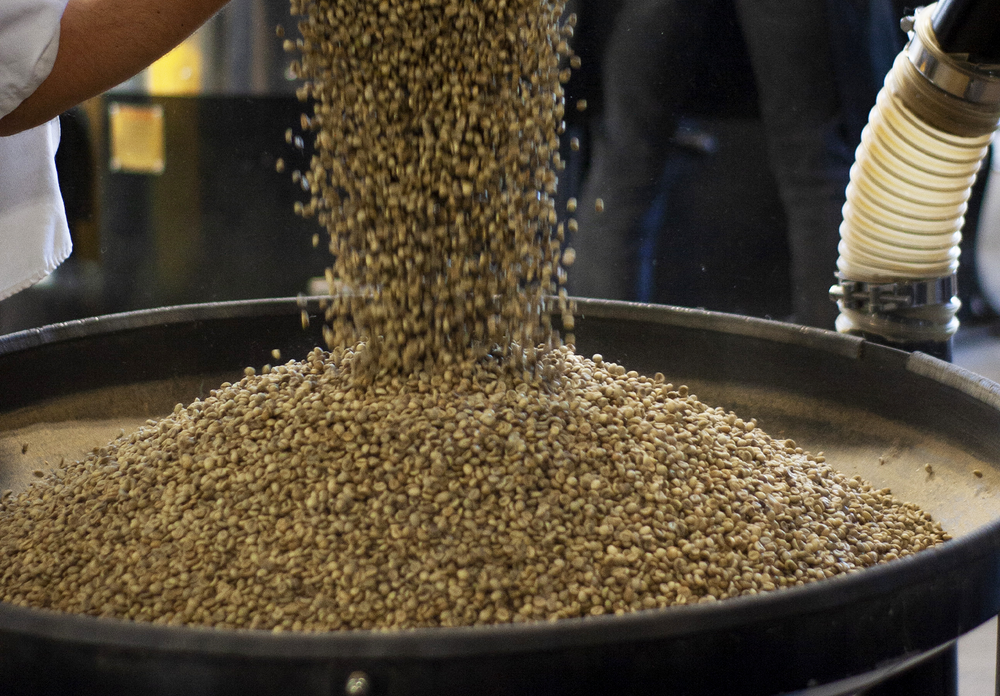Roasting
Behind the release of a new espresso blend or filter coffee, there's not only the inspiration, the origin of the green beans, but also the entire creation process and, of course, the roasting stage.
At Barista, it was co-founder Enrico who first went in search of know-how and technique, in his native Italy, to become a master roaster. He went on to meet colleagues who were also roasters, to deepen his knowledge and interest in the Italian way of doing things. Today, he works with Jocelyn, our production manager, to create the Italian-inspired coffees in our espresso and filter ranges.
All our coffees are slow-roasted in the traditional Italian way. All our beans are roasted at a low temperature, between 200°F and 210°F, for between 18 and 20 minutes. Most of our blends are medium-black roasts, the preferred roasting method for obtaining excellent espresso extracts.

Developing a coffee blend
The R&D team creates new recipes according to a rigorous protocol. The same goes for recipes that need to be reworked when new harvests of green coffee are ready to be roasted.
That said, the protocol begins with a cupping (tasting session) of the different coffees according to their origin, to determine their organoleptic properties (aroma, taste, texture, color, smell, etc.). Obviously, it's necessary to first determine the desired characteristics for the recipe we're developing. This is followed by the rather complex exercise of roasting trials. It's quite a laborious stage, given that we have to be able to find the right percentage of each origin in our blend, as well as the exact time and temperature for roasting.

The coffee is left to rest, so that it can release its CO2 before being tasted. During tasting, an evaluation chart is filled in according to pre-determined characteristics, so as to obtain general impressions of the product. Roasting trials and tastings follow until the desired characteristics are achieved. Recipes must be tasted by target groups to determine whether the recipe matches the desired characteristics.
Of course, some recipes are more complex to set than others, not to mention the fact that it is essential to roast a product in the same way at all times, regardless of the factors subject to variation (ambient temperature and humidity, harvests, etc.). Each espresso blend is therefore the result of a long process of evaluation and creation, giving it its own unique taste.
